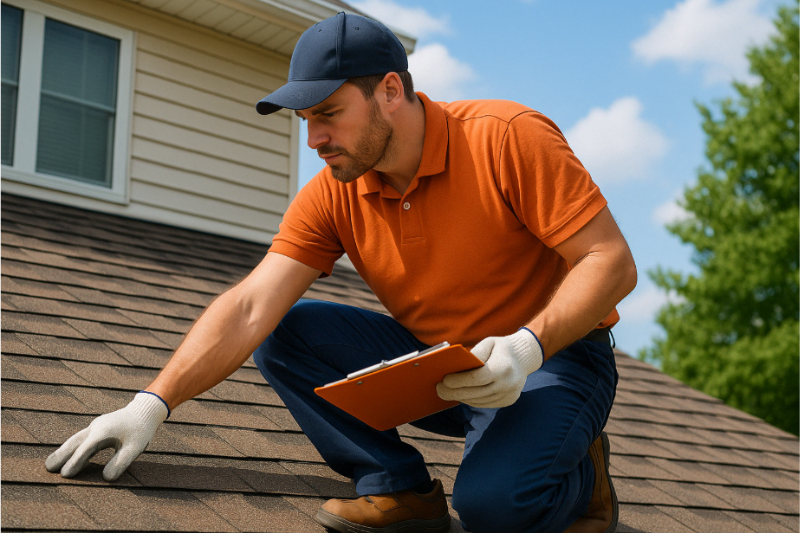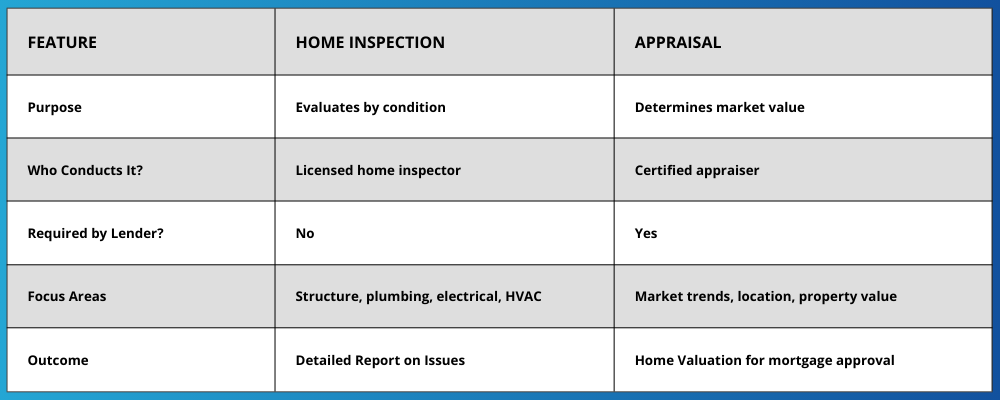Roof Inspection: How Often Should You Get One?
A professional roof inspection is essential for maintaining the health and safety of your home. Your roof is the first line of defense against rain, wind, snow, and sun. Minor issues can go unnoticed without regular inspections and quickly become major repairs. By staying proactive, you not only extend the life of your roof but also avoid expensive damage to your home’s interior.
Why a Roof Inspection Is Important
A roof inspection can reveal damage that isn’t visible from the ground. Issues such as cracked shingles, damaged flashing, or soft spots on the decking can lead to leaks, insulation problems, or even mold. Early detection helps prevent further damage, reduce repair costs, and maintain your roof’s structural integrity.
Insurance providers may also require routine inspections to validate claims after a storm. Having a documented inspection history can streamline the claims process and prove that your roof was in good condition before the damage occurred.

How Often Should You Get a Roof Inspection?
Experts recommend getting a roof inspection at least once a year. However, there are times when additional inspections may be necessary:
- After Major Storms: Strong winds, heavy rain, or hail can damage roofing materials and cause leaks.
- Older Roofs: If your roof is over 10–15 years old, it may need inspections every six months to track aging and wear.
- Before Buying or Selling a Home: A professional inspection can impact the value and negotiating power during real estate transactions.
- If You Notice Visible Signs of Damage: Loose shingles, water stains, or debris in gutters are all indicators that your roof should be checked.
Best Seasons for Roof Inspection
Spring and fall are the most effective times to schedule a roof inspection. Spring inspections help uncover damage caused by winter’s ice, snow, and freezing temperatures. Fall inspections prepare your roof for the colder months ahead by ensuring it’s leak-free and properly sealed.

What Happens During a Roof Inspection?
A thorough inspection includes checking:
- Shingles or tiles for cracks, curling, or missing sections
- Flashing around vents, chimneys, and skylights
- Roof valleys and drainage systems
- Interior ceilings and attic for leaks or water damage
- Gutters for proper flow and debris buildup
Some contractors use drones or infrared cameras to detect hidden damage without invasive techniques.
Book Your Roof Inspection Today
Delaying a roof inspection can lead to serious and expensive repairs. As a trusted home inspection company, we understand how crucial it is to catch minor issues early—before they become leaks, mold, or structural damage.
Our certified inspectors assess your roof thoroughly and provide detailed reports to help you make informed decisions. Whether managing an older roof, preparing for a storm season, or staying proactive, routine inspections can extend your roof’s lifespan and protect your investment. Contact us to schedule your roof inspection today. Visit our Complete Home Inspection blog for expert tips on roof care, seasonal maintenance, and complete home inspection checklists.
What Factors Influence an Appraisal?
An appraiser evaluates:
- Comparable home sales – Recent sales of similar properties in the area.
- Property condition – Age, size, and overall appearance.
- Location – Neighborhood, school district, and access to amenities.
Upgrades and improvements – Renovations that increase value.
Key Differences Between a Home Inspection and an Appraisal

Why Do You Need Both?
A home inspection ensures the home is safe and free of major defects, while an appraisal ensures that the price aligns with market value. Together, these processes protect buyers from overpaying and uncover hidden issues before finalizing a purchase.
Which Comes First: The Home Inspection or the Appraisal?
Typically, buyers schedule a home inspection first to identify potential problems. If the inspection reveals significant issues, they can renegotiate or walk away before proceeding with the appraisal. The appraisal follows, helping lenders determine if the home is worth the loan amount.
Final Thoughts
A home inspection and an appraisal are both crucial in the home-buying process. While a home inspection focuses on the home’s safety and condition, an appraisal ensures the price reflects its true market value. Understanding these differences helps buyers make confident decisions and avoid costly surprises.
Schedule Your Home Inspection Today!
Planning to buy a home? Protect your investment with a professional home inspection to uncover potential issues before they become costly problems. Contact us to schedule an inspection today and gain peace of mind knowing your new home is safe and structurally sound. For more helpful insights, visit our Complete Home Inspection blog page.
